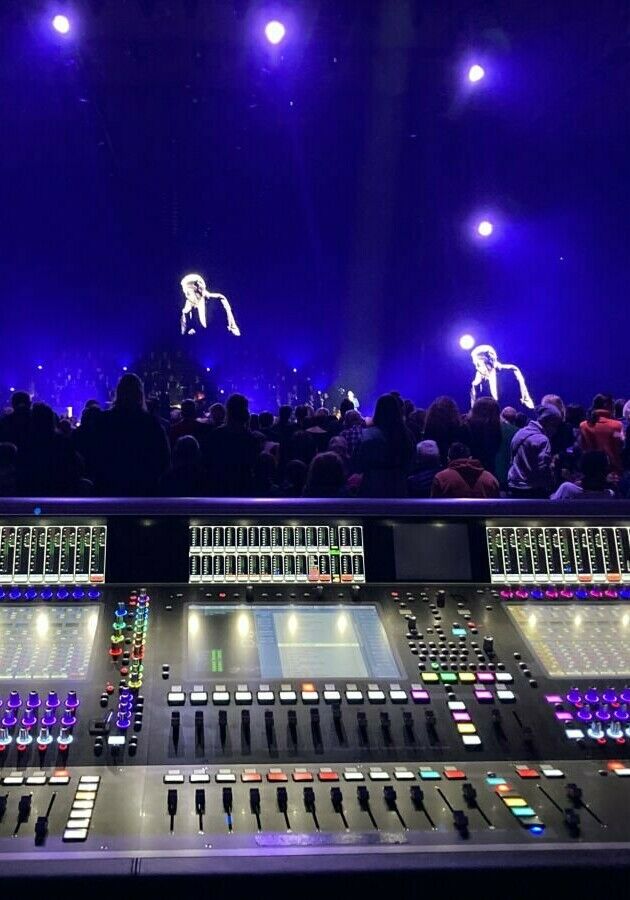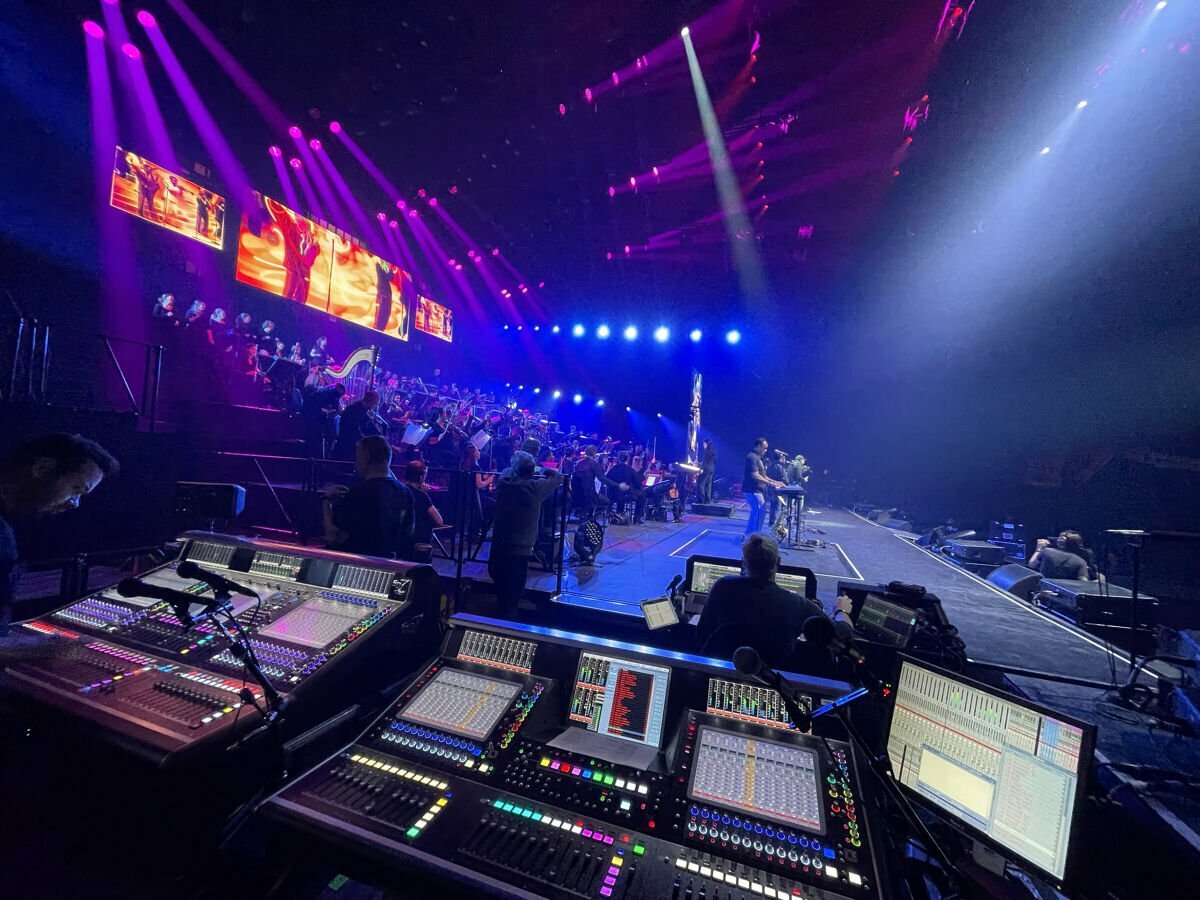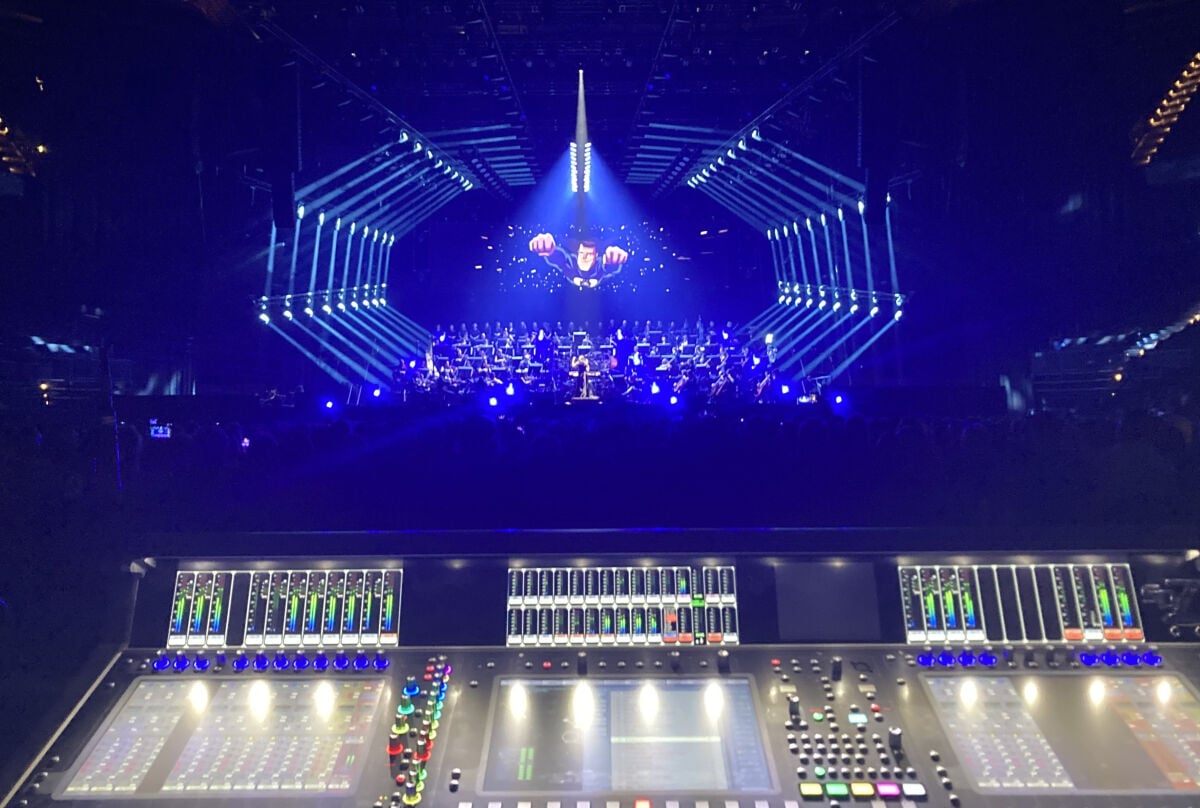DiGiCo mixing consoles and a KLANG immersive in-ear monitoring system – all supplied by PRG Belgium – were on audio duties for the most recent edition of Night of the Proms, Europe’s biggest annually organised indoor event which last year included Amy Macdonald, Kool & the Gang, Bart Peeters, Axelle Red and Fine Fleur, the Antwerp Philharmonic Orchestra (AOP) and house band, NotP Backbone.
At front of house, Tom Vuerstaek, who also designs the audio system, took care of the final mix on a DiGiCo Quantum 7, while Philippe Bosmans was on an SD10 for the wood, brass and percussion premix. Ben Artois handled premix for the choir and orchestra on a second SD10 backstage. At the monitor position, Tim Habets was in charge of the artist and band mixes on an SD7, whilst Marc Zedda handled that duty for the orchestra, choir and conductor, deploying an SD5 and DMI-KLANG.
As well as the artists, many of whom did not bring their own engineer or band, the AOP included 60 musicians with at least one open live microphone each, and the five-strong NotP Backbone’s instrument setup featured the latest V-drum td50x, bass, electric and acoustic guitar, keys and rock percussion. There was also a 24-person choir and three backing vocal singers, all on wireless mics and IEMs.



